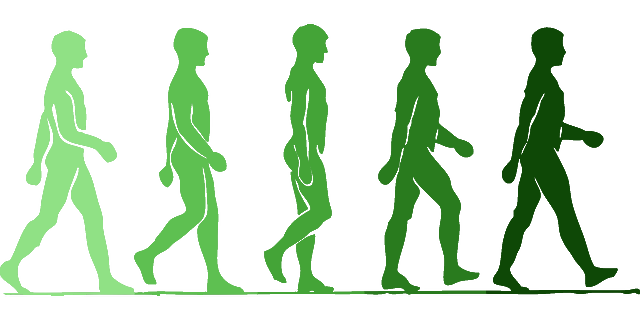|
|
 Planning care and support with a view to ensure Service User`s welfare is about personalization, choice and control. Below is an example of how this can affect change for an individual.
Planning care and support with a view to ensure Service User`s welfare is about personalization, choice and control. Below is an example of how this can affect change for an individual.
The Service User required support during his transition from hospital into the community. Many years of living in institutional care had left him with a belief that living successfully in the community would not be possible. He was anxious that discharge would impact badly on his well-being and he would be at risk of becoming homeless as he did not have his own property. The Service User needed support to prepare for discharge and create a safe living environment.
To ensure the most comfortable transition the work began with the Service User while he was still in hospital. This meant that by the time the detailed planning for the move took place there was already a relationship between him and the support team. Even before his move from hospital the Service Users confidence about social interaction increased markedly. After an initial assessment of needs and expectations with the participation of the Service User and his clinical team a detailed plan was created for how the needs could be catered for and the expectations achieved. These were the expectations of all stakeholders. He wanted his own home and a social life that he could enjoy whilst the clinical team needed to feel he had stability around his budget and safety around his controlled medication.
Conversations with the Service User established his aims and ambitions and what the options were for him. Being fully involved in this process greatly increased his motivation and willingness to create a new life for himself. It was important that he felt able to make decisions about his own accommodation and how he managed his life.
With support e.g. making phone calls, filling application in, supply documentation, he was able to organise his benefits and budget plans agreed and implemented. As his new home was not furnished the Service User was helped to source furniture, mostly for free or inexpensively by using gumtree, freecycle or local charity shops. This required effort and consideration but left the Service User with a feeling of ownership of the process and achievement at the outcome. It is important that we create real situations because that is the only way to achieve sustainable rehabilitation.
Direct payments were organised for gas, electricity, TV license. This meant the Service User did not have to worry about making payments. He had a separate account for food shopping and was able to monitor, control and manage this efficiently.
Risk assessments were created to support the Service User to gain as much control over their finances in the future but at the same time ensure financial stability
Concerns over the Service User`s controlled medication were met by robust risk assessment. A safe was provided for storage of medication and the support staff supervised the Service User in taking his medication.
Communication is key for the Service User`s welfare, not only between the provider and the Service User but between all stakeholders. The close working relationship and ease of communication between the clinical team and the agency ensured that issues were dealt with before they became destructive and all professionals had confidence in the process. This lead to a successful outcome for all involved. The support package was able to be scaled down as the Service User took increasing control of his life and he now lives his own life in the community with minimal support.

|
|





